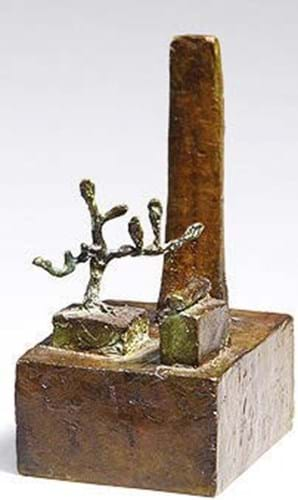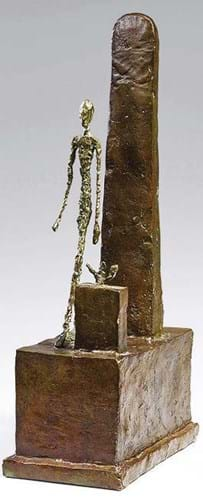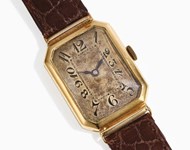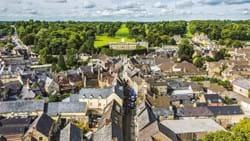Soon after the end of the Second World War, several projects for monuments to honour the heroes of the Resistance were initiated in France.
In 1946 the communist newspaper L’Humanité invited artists to present designs to commemorate the journalist and politician Gabriel Péri, who was murdered by the Nazis in 1941. Along with other artists, Giacometti created a plaster model for his monument.
The competition was, however, never judged because the Communist Party left the French government in 1947 and the idea for a monument was shelved.
The plaster model Projet pour un monument pour Gabriel Péri remained in Giacometti’s studio until his death and was subsequently inherited by his brother Diego.
The importance of this design is the fact that for the first time Albert presented his striding man (L’homme qui marche) – which was to become his most distinctive figure inhabiting the rest of his oeuvre.
In 1993-94, Diego had eight copies of the model cast in bronze, one of which is now on offer (shown above).

Projet pour une place which is also being offered at Lempertz.
It is accompanied by another design from 1946, Projet pour une place, which is closely associated to the first monument, as drawings and photographs of the time document. It too was never realised and almost 50 years later was also cast in a bronze edition of eight.
Lempertz is offering the 15in (39cm) and 7in (19cm) high monuments with a joint guide of €1.8-2.2m.















